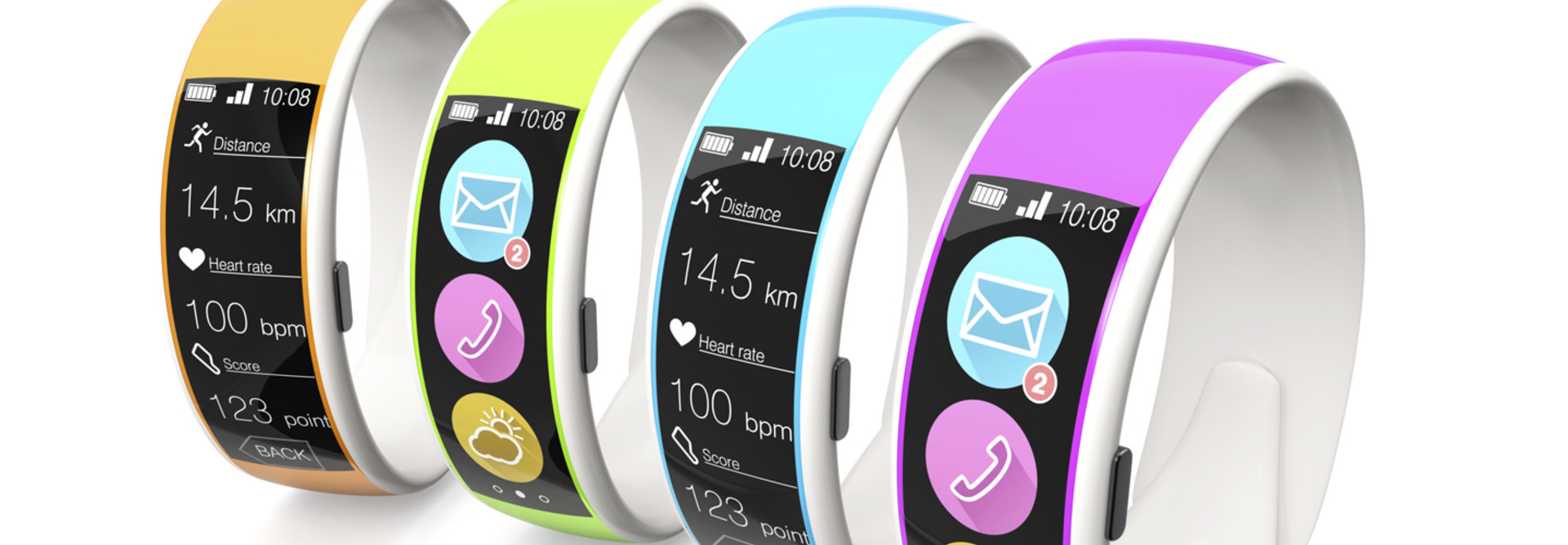What Does Wearable Tech Mean for Businesses?
Wearable computing continues to be one of the buzziest technology topics out there. But the question remains: What does this mean for business users?
Amidst all the smart watches and Fitbit knockoffs now on the market, Google Glass is starting to look downright long in the tooth.
The problem is that, save for some niche applications in the medical and wellness segments, wearable bands seem to have little relevance to enterprise business environments — and today, bands essentially comprise the bulk of the wearable space.
“We think that’s going to change pretty rapidly starting this year,” Canalys analyst Daniel Matte says. “Apple’s going to define a lot of that broader appeal with a more general-purpose device that can develop and leverage an ecosystem built on new types of sensors: blood pressure, electrocardiograms, blood oxygen content and other metrics.”
Meanwhile, beyond vertical niches able to harness augmented reality (for instance, the stunning Eyes-On device from Epson and Evena Medical), Matte doesn’t see smart eyewear such as Google Glass gaining mass-market appeal within the next three to five years.
But Cisco Systems hopes to move the needle on wearables for work, according to Thomas Barnett, futurist and director of Cisco service provider thought leadership marketing. Cisco’s interest, he says, focuses on the effect that wearables will have on global mobile data volumes.
But even Cisco doesn’t expect a change overnight. “While we found some interesting data for wearables, we still consider them a subset within the machine-to-machine category because these devices are in the beginning stages,” Barnett says. “There are still significant issues with embedded cellular connectivity acting as barriers to adoption.”
But the lack of mass-market appeal doesn’t mean that businesses can’t start finding ways to address some challenges through the use of wearable technology. The Cisco futurist notes that while today’s wearables market stands at $2.9 billion, he expects it to grow to $70 billion in only a decade, with businesses playing a part in that growth.
First Stop, Retail
This isn’t just pontification or speculation on Barnett’s part. One successful early adopter is the Container Store, which has begun testing the Theatro Wearable, a small hands-free, voice-activated device that employees clip on their uniforms.
The Container Store is illustrative of a lot of retail businesses where employees are indoors but not behind desks. In fact, 38 million Americans now work in retail, hospitality, warehousing and similar work environments, says Patrick Fitzgerald, Theatro’s executive vice president. These types of workers are on the job with their heads up and their hands busy, potentially making even the use of a tablet somewhat cumbersome, he notes.
And consider this: In such environments, one worker’s need to find another worker often results in an announcement broadcast over radio or loudspeaker — essentially, 1940s technology. And while 80 percent of all such broadcasts are meant for only one person, the announcements are a distraction for the entire workforce. That’s a business problem ripe for wearable technology, Fitzgerald says.
Not many businesses have gone hands-on with wearable tech, but it seems increasingly likely that the devices will ride the BYOD path into work environments. Mainstream business use will occur as consumer demand forces systems administrators to find new applications and permissions for wearable technology.









